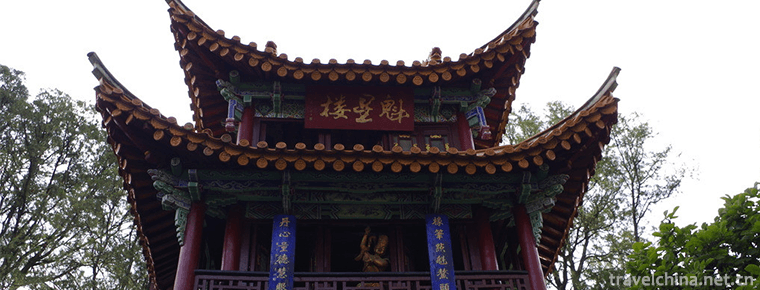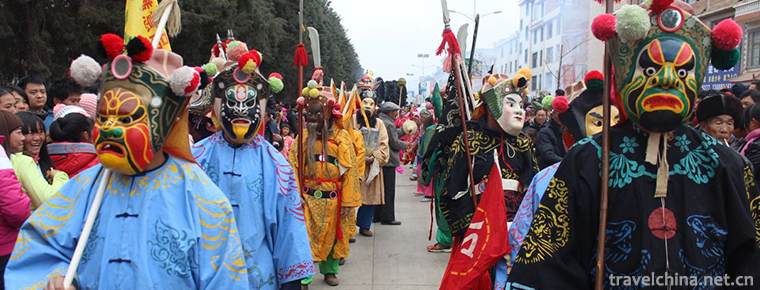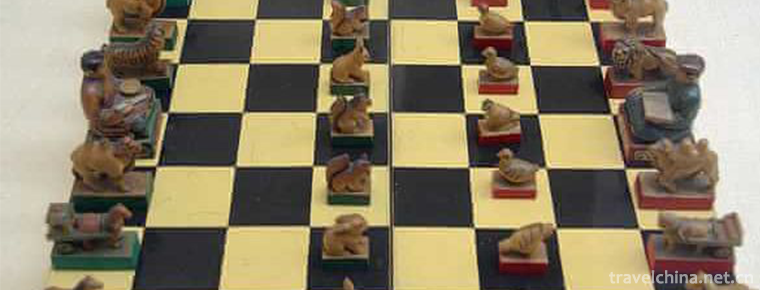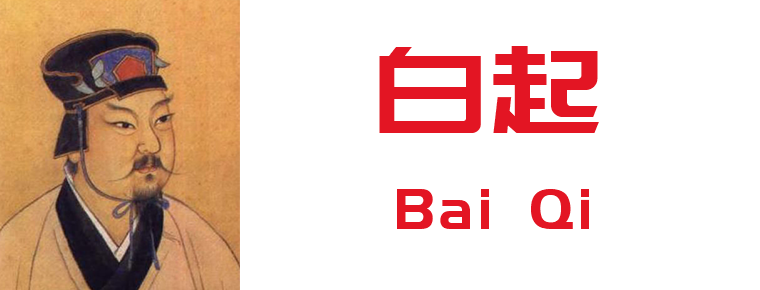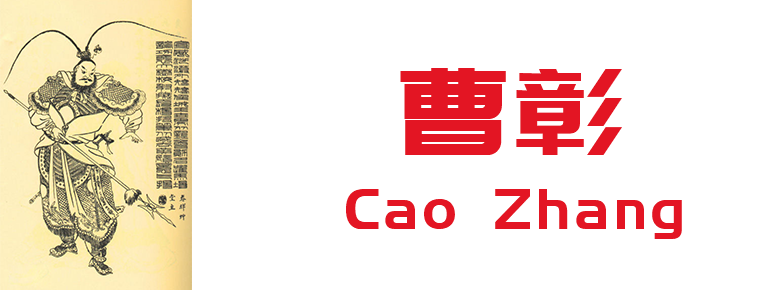Green Tea Production Techniques
Green Tea Production Techniques
Green tea production technology is a national intangible cultural heritage. Luan Guapian is a special kind of green tea. Cucumber seed-like flake-shaped tea is made from local endemic varieties by wrenching, removing tender buds and tea stalks, and through unique traditional processing technology. "Luan Guapian" has a long history and rich cultural connotation. As early as the Tang Dynasty, the "Tea Classic" was known as "Luzhou Lu'an (tea)"; Xu Guangqi, a scientist in the Ming Dynasty, in his book "Agricultural Administration Complete Book", called "Lu'an's piece of tea is the best product of tea"; Li Dongyang, Xiao Xian and Li Shishi in the Ming Dynasty also mentioned many times in "Yong Lu'an Tea", "seven bowls of Qingfeng from Lu'an" and "Lu Yu's legacy of the old classic", giving "Lu'an Gua tablet" a high level. Evaluation.
On June 7, 2008, green tea production technology (Luan Guapian) was approved by the State Council and listed in the second batch of national intangible cultural heritage list.
content
Luan Guapian is one of the top ten famous teas in China. It is an outstanding representative of traditional handmade tea. According to the historical records of Lu'an and the famous items listed by Yuan Mei, a literati in Qing Dynasty in Suiyuan Food List, Lu'an melon slices appeared in the middle of Qing Dynasty and evolved from "green big tea" in Lu'an tea. In the Qing Dynasty, Luan Guapian was listed as a famous tribute.
Luan Guapian Tea is located in the northern foot of the Dabie Mountains, around the Huangchaojian in Yuan District. The natural conditions and environment, such as temperature, light, rainfall, soil and so on, at an altitude of 400-600 meters, are especially suitable for the growth of Luan Guapian tea tree. The best "Luan Guapian" mainly distributes at the top of Qiyunchong Qishan Mountain, Mabu Town, Jinzhai, and 8 townships such as Longmenchong, Shipan Village, Dushan Town, Shibanchong Township and Hejiawan, Shipodian Township, Yuan District.
The picking process of Lu'an melon slices is divided into seven processes: picking, wrenching, frying pan, frying pan, pulling wool fire, pulling small fire and pulling old fire, among which the most distinctive one is "pulling old fire". "Laolaohuo" is the last baking, which has the greatest impact on the formation of special color, fragrance, taste and shape of Luan melon slices. Because the production technology of Luan Guapian is very difficult and the process is complex, especially the technology of pulling old fire is not a day's work, young people are reluctant to learn, and there are few successors. Luan melon slices are suitable for small and medium-sized leaf species in Dushan, Luan. Due to the introduction of other tea varieties, and the slow progress in the purification and rejuvenation of small and medium-sized tea varieties in Dushan, the degradation of suitable varieties is serious, and the original flavor of Luan melon slices is almost extinct, facing an endangered situation, which urgently needs to be protected.
The chemical constituents of Luan Gua tablets have very healthy effects. Its chemical composition is composed of 3.5-7.0% inorganic substances and 93-96.5% organic substances. There are about 27 inorganic mineral elements in tea, including phosphorus, potassium, sulfur, magnesium, manganese, fluorine, aluminium, calcium, sodium, iron, copper, zinc, selenium and so on. The main organic compounds in tea are protein, lipid, carbohydrate, amino acid, alkaloid, tea polyphenol, organic acid, pigments, aroma components, vitamins, saponins, sterols and so on.
Taste
Tea contains 20-30% leaf protein, but only about 3.5% can be dissolved in tea soup. Tea contains 1.5-4% free amino acids, more than 20 kinds, most of which are essential amino acids for human body. Tea contains 25-30% carbohydrates, but only 3-4% can be dissolved in tea soup. Tea contains 4-5% lipid, which is also necessary for human body.
Tea tasting embodies the social spirit of elegance, tranquility and harmony. There are four steps in the general tasting of Luan Guapian: tasting tea: observing the quality of tea from the color, tenderness and shape of dry tea. Smell: Appreciate the fragrance of tea after brewing. Guantang: Appreciate the process of ups and downs and stretching of tea during brewing, the dissolution of tea and the posture of tea after quiet brewing. Taste: Appreciate the color and taste of tea soup. Before drinking, it should be brewed with traditional methods such as "high-impact, low-pour, foam-inclusion, shower cover". Drinking, with the right index finger, thumb to hold the edge of the cup, middle finger to hold the bottom of the cup, jokingly known as "Sanlong Huding" tea taster in frying, focusing on the soup. For the color, aroma and taste of tea soup, color is the main form.
distinguish
Common sense of purchasing Luan melon slices. In normal temperature years, new tea can be produced within ten days before the grain rain, and tea plants with rich nutrition should be produced within a few days before and after the grain rain. Choosing and tasting "Lu'an melon slices" should usually grasp the following points: namely, considering the "color, aroma, taste and shape" of tea from two angles of dry tea and brewing tea.
One is the appreciation of dry tea. Watch color: through the wait-and-see should have iron green (deep green) emerald, tender, color and luster consistent, visible baking in place. Smell fragrance: The fragrance of tea, especially the fragrance or fragrance of burning chestnut, is superior by smelling; the explanation with grass flavor lacks the skill of stir-frying. Chewing taste: through careful chewing should have a sweet taste of bitter end, bitter in the thorough sweetness, a slight rinse with clean water after a refreshing and sweet feeling.
Appearance: Through inspection, the roll should be straight, similar in length, and uniform in thickness. It can be seen that the shape and size are the same and the stir-frying work is in place.
The second is the taste of dry tea hair soup. White porcelain cups (bowls) are commonly used for tea sets. Spring water or deep well water is preferred, and mineral water or pure water with near-neutral PH value is suitable without conditions. According to the capacity of tea set, put in the right amount of tea, light and moderate, not too much. In order to avoid the original fragrance of a piece of tea flowing away, some people advocate using boiled water to high-flush, slow collection, from pot to 2/3 of the tea set to cover for a moment (the new tender tea should not be fully covered). A moment later, you can taste it. The steps are as follows: First, smell the fragrance. Close to the mouth of the cup or bowl or mouth, feel whether there is a long tea fragrance; experience the fragrance of tea with its fragrance concentration. The second is to look at the color. The cup cover is used to help the tea to see the color of the soup. Generally, the green soup is clear and refreshing, without any turbidity. The color of its leaves is generally a new tea made from tea grass ten days before the grain rain. After soaking, the color of its leaves is light green and blue, which is not symmetrical. Close to the grain rain or after the grain rain, the leaf color is generally green or dark green, and symmetrical, the tea soup is correspondingly thicker, if the time is a little later, green and dark. And taste it. Usually, after two sips of tea soup slowly, then sip it fine and delicate. Normally, there are slightly bitter, cool and silky sweetness. The slices of tea made from nutritious leaves and brewed tea soup can make you feel the softness of the tea soup obviously. Fourth, look at its shape. After boiling water and making soup, dry tea first floats on the upper layer. With the opening soup of the leaves, the leaves one by one sink to the bottom of the cup and bowl one by one. The original strip shape was developed into leaf shape. The size of the blade was almost the same, and the sheets were superimposed.
"Lu'an slice tea" is one of the ten famous tea in China, and also one of the green tea series. It occupies the most important position in the green tea family. According to the results of modern pharmacological research, green tea is conducive to the prevention and suppression of cancer, the health treatment of cardiovascular diseases, the reduction of weight and the clearance of intestinal fat, the clearance of heat and dryness, detoxification and beauty.


-
Daocheng Yading County Ganzi Sichuan China
Aden Scenic Spot is located in Riwa Township, Daocheng County.
Views: 563 Time 2018-10-12 -
Karamay River Scenic Area
The Karamay River, also known as the Chuancheng River, originates from Jiulongtan in the northeast of the city. It zigzags through the Xiyuetan Reservoir (also known as Aikule) .
Views: 125 Time 2018-12-23 -
Jindian Scenic Spot
Kunming Golden Palace Scenic Spot, also known as Tongwa Temple, is made of brass and shines in the sunshine, reflecting the golden brilliance of Cuigou Youlin.
Views: 161 Time 2019-01-22 -
Bouyei Leyou
Le You and Le Lang are Buyi oboe gas song instruments. They resemble suona, bowl-less, insect whistle playing, bright and sweet timbre. It can be used for Solo or singing accompaniment.
Views: 166 Time 2019-04-04 -
Guan Suo Opera
Guansuo Opera is a kind of local opera, which belongs to the ancient Nuo Opera. It is only found in Xiaotun Village, Yangzong Town, Chengjiang County, Yunnan Province. .
Views: 160 Time 2019-05-01 -
Two tones of Han tune
Originally known as "Shan Er-huang", "Tu Er-huang" or "Shan Er-huang", the second largest traditional opera in Shaanxi Province is one of the traditional local operas in .
Views: 128 Time 2019-05-02 -
Shatar Mongolian chess
Mongolian chess is a popular folk sports game in Inner Mongolia. Generally speaking, there are two types of Mongolian chess, one is Shatar with 8 x 8 squares on the chessboard, the other is Hayashatar.
Views: 189 Time 2019-06-03 -
Craftsmanship of Fireworks and Firecrackers
China is the first country to invent gunpowder in the world. Fireworks and firecrackers made of gunpowder also have a long history and enjoy a high reputation in the world. The record of firecrackers .
Views: 134 Time 2019-07-10 -
North China University of Technology
North Polytechnic University was founded in 1946. Its predecessor was the National Beiping Advanced Industrial Vocational School. It was renamed Northern Polytechnic University in 1985 and has been ma.
Views: 188 Time 2019-09-06 -
Bai Qi
White(Bai Qi)(? - 257 BC). He is a man in the village of Bai village, Chang Xing Town, Mei County, Shaanxi today. Outstanding military strategist and representative of "military strategist" .
Views: 131 Time 2019-09-11 -
Cao Zhang
Cao Zhang (189 years - 223 August 1st), Zi Zi Wen. Pei Guo Qiao County ( Anhui People in Bozhou. Three countries period the Wei state of the Three-Kingdoms Period Imperial clan, general, Wei Wu Di Cao.
Views: 156 Time 2019-09-15 -
Suining history and culture
As a place name, "Suining" began in the Eastern Jin Dynasty. The Eastern Jin Dynasty coexisted with the Sixteen States, while Suining belonged to the Chenghan state. At that time, the rulers of various countries had been fighting with each other for years.
Views: 203 Time 2020-12-16


